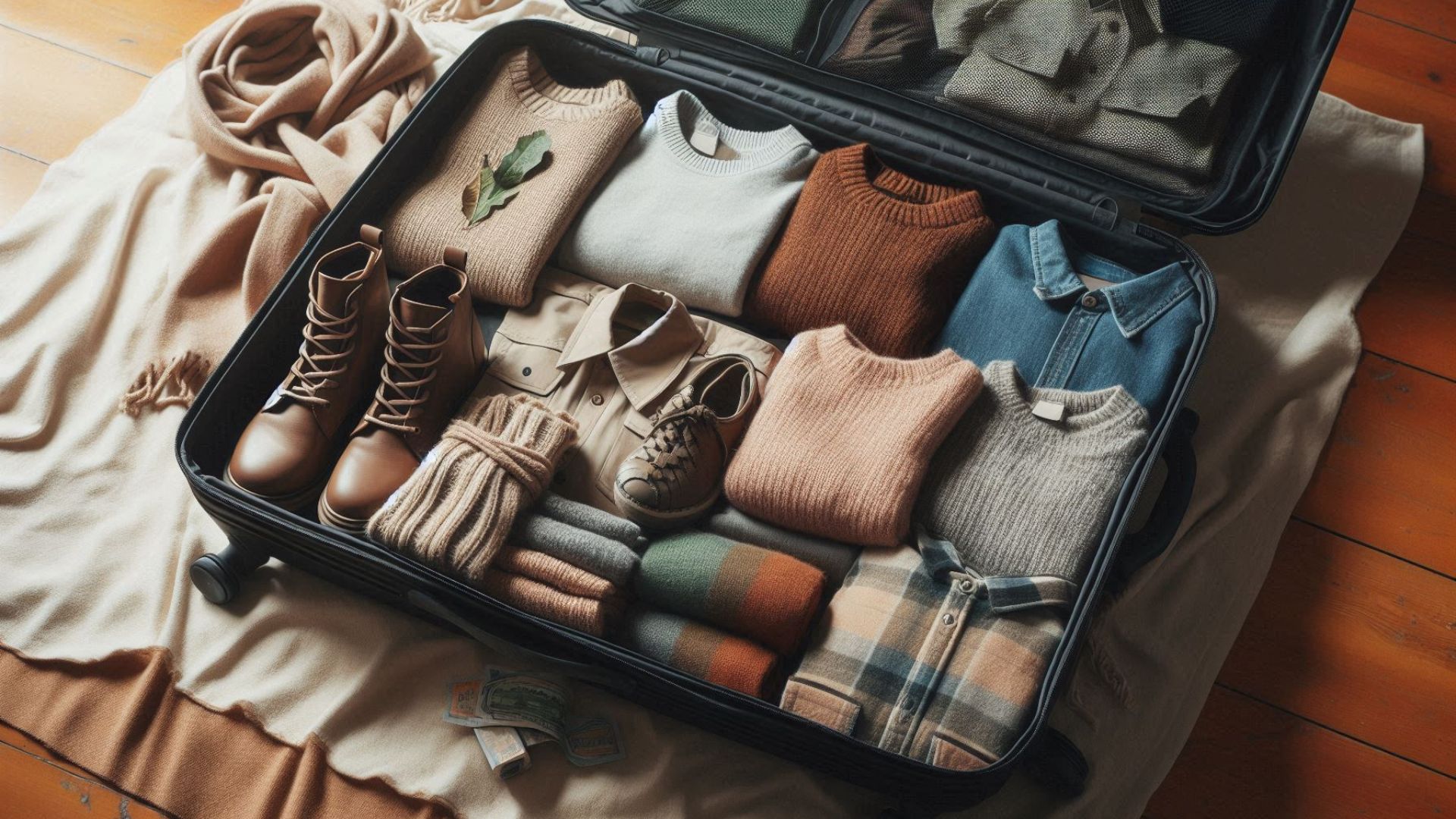Packing for a trip where the weather can’t make up its mind? It can be a real headache. Whether you’re traveling between seasons or hitting a few different climates in one vacation, it takes a little extra planning to get it right.
Obviously, you can’t pack for every possible season—unless you’re willing to drag around five suitcases. But there are some smart tricks to build a flexible wardrobe that keeps you ready for anything. Start by checking the weather forecast and tossing a travel-sized umbrella in your bag. Then, use these easy tips to pack like a pro.
Layer, Layer, Layer
“Packing for in-between weather is all about layering,” says Priyanka Swamy, founder of Perfect Locks LLC. Layers let you stay comfortable if the weather changes during the day. Look for clothes you can easily put on or take off, like lightweight sweaters, cardigans, and scarves. Bonus: layering lets you mix and match outfits without taking up a ton of space.

“Whether it’s a weekend trip, a hike, or a day in the city, I always plan with layers and comfort in mind,” says Maye Srouji, CEO of Milles Collines in South Africa. Layers are also a lifesaver if the weather suddenly flips—like when your hiking trip turns into a museum day thanks to a surprise downpour.
Srouji recommends packing:
- A light summer dress
- A casual skirt
- A few basic tops
- A cozy button-down sweater
- A couple of your favorite jeans or pants
- A loose linen or cotton shirt
If you’re heading somewhere cooler, throw in a thin, wind-breaking jacket too. It’ll keep you warm without taking up too much space.
Don’t Forget Rain Gear
Living near the coast taught Srouji one important rule: Always bring a jacket. Even if the forecast promises sunshine, you never know when a rain cloud will sneak up on you. If you’re going somewhere by the beach, pack a waterproof jacket or a foldable trench coat.
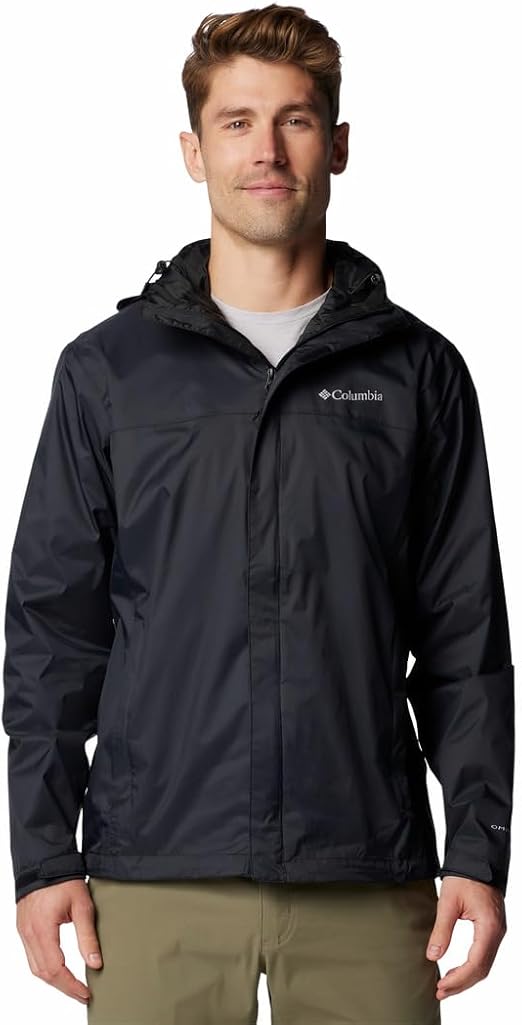
Columbia Men’s Watertight II Rain Jacket
This lightweight, waterproof jacket is perfect for handling rainy days in one climate while providing comfort in cooler temperatures in another. It’s easy to pack and versatile for multiple climates.
Also Read: How do I Pack for a Long‐Term Backpacking Adventure?
Swamy adds: “Always bring a small umbrella or raincoat for unexpected showers.” Travel umbrellas are great, but heavy wind can destroy them. A smart backup? Keep a disposable rain poncho tucked in your purse or fanny pack. It’s super light and perfect for emergencies—whether you’re in Prague or Peru.
Choose the Right Shoes
Instead of packing a different pair of shoes for every activity, pick ones that can do double duty. “Bring versatile shoes like ankle boots or sneakers that can handle rain and sunshine,” says Swamy. Ideally, you only need three types: sneakers that work with pants and dresses, simple sandals, and a pair of nicer shoes for fancy nights out.
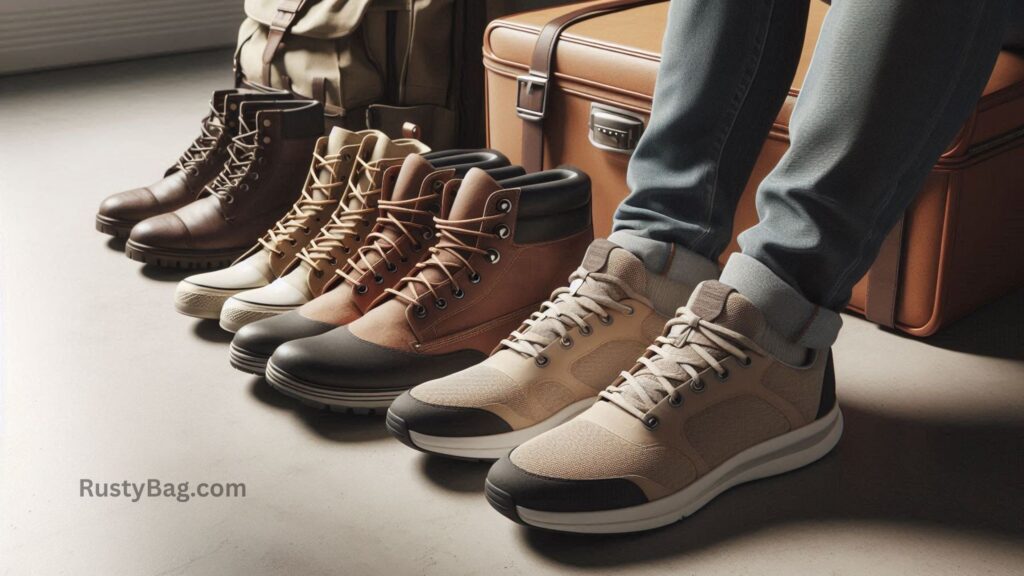
Comfort is key, especially if you’ll be doing a lot of walking or hiking. Before you go, check if your destination has cobblestone streets, grassy parks, or steep hills. It’ll help you decide whether to pack flats, sneakers, or something sturdier. As a rule of thumb, rubber soles are always a win—stylish, comfy, and safe on slippery streets.
Always Pack a Scarf
If you bring just one accessory, make it a scarf. They’re small but mighty. A scarf can shield your hair from the rain, keep your neck warm in a breeze, or protect your arms from chilly air. Traveling with kids? A scarf can even double as a blanket, a burp cloth, or a quick cover-up.
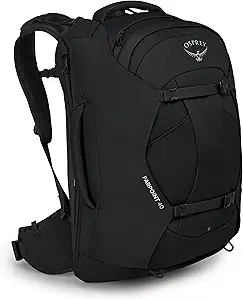
Osprey Farpoint 40L Men’s Travel Backpack
With a spacious yet compact design, this backpack allows for efficient packing of both summer and winter essentials.
Also Read: What Essential Items Should be Included in a Comprehensive Travel Packing Guide?
Scarves also add a little extra style to any outfit. Pack a couple: maybe a silky square for your bag or hair, and a thicker fleece or cashmere one for colder weather. They fold up small, so you’ll barely notice them in your bag—but you’ll be glad you brought them.
Pick Smart Fabrics
The right fabrics make all the difference when you’re dealing with weird weather. “Choose breathable and insulating materials like cotton and merino wool,” Swamy advises. Linen and bamboo are great for super-hot days too.

Be careful with materials like leather, suede, velvet, silk, and heavy denim—they don’t play well with rain or high heat. And watch out for synthetic fabrics like polyester; they trap heat and can make you sweat.
Also, think about colors. Dark fabrics trap heat (good for cold weather, not great in the tropics), and some lighter fabrics might turn see-through when wet. Definitely something to consider!
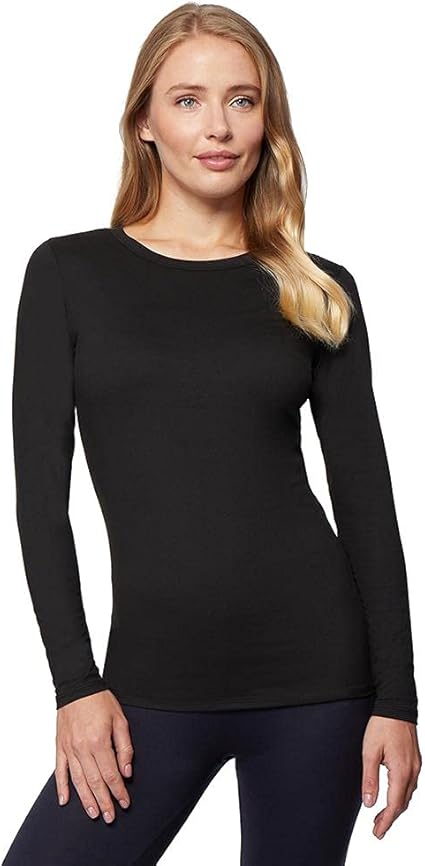
32 Degrees Heat Womens Ultra Soft Thermal Lightweight Baselayer Crew Neck Long Sleeve Top
This thermal shirt is perfect for layering when traveling between warmer and colder climates.
Also Read: What Packing Checklist Should I Use for International Travel?
Wear Your Bulkiest Stuff on the Plane
Want to bring that big sweater, heavy jacket, or hiking boots? Wear them on the plane instead of trying to cram them into your suitcase. It saves a ton of space. Just remember: boots can be a pain to take off at airport security, so plan for that!

